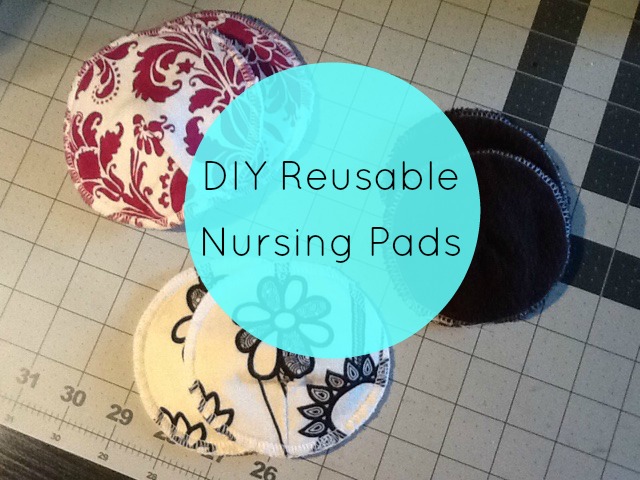I've had a lot of fun putting together my Mood Board of the Month posts, and after many requests I've prepared a tutorial on how I create my graphics. No fancy photo editing software here, the programs I use are free and available to anyone with a computer! I've broken this tutorial up in two posts. Today I will show how to collect individual images for the moodboard. Next week, I'll go over assembling them into one large image.
Even if you don't have a blog, creating mood boards can be useful for wardrobe planning, pattern organizing, and inspiration. My monthly boards combine four elements: Inspiration, Color Palette, Sewing Patterns, and Fabrics.
I use Pinterest to save my ideas, since I need both the images and their source links to be easily accessible. My Inspiration outfits are created using the Polyvore app for iPad (free). I decide on the look or silhouette I want for that month, and the app easily lets me search for real-world clothing options.
When I'm done creating the "set" I can save it on the app, which uploads it to my profile on the web. Then I can pin the set to my
Mood Board of the Month Pinterest board.
My Color Palette is created using the website
ColourLovers (free). I won't go into too much detail about that site in particular, but once I've created the palette I can also pin the image.
Next, I browse sewing patterns that fit with my silhouettes and also pin those images to the board.
Lastly, I visit my favorite fabric sites and search for fabrics that will work with the patterns and my chosen color palette. This part is trickier than you'd think. I often visit multiple sites to find something that will work, which is probably why so many of us have a hard time matching fabric to pattern! As before, once I find what I want, I pin the image.
Once all the images are saved on Pinterest, I need to save an actual image file to my computer. The majority of websites will allow you to right-click on your mouse and choose Save As. Choose a file and save the image there.
Occasionally I run into sites where I can't save the image directly.
In this situation, I use a tricky cheater method. With the image up on my screen, I push the Print Screen button on my keyboard. This essentially creates a copy of your whole screen on your computer's imaginary clipboard. To "paste" this copy, open the program Paint. Then push Control+V to paste the image into Paint.
A word about Paint: it's not perfect. It's not Photoshop. But it's also free. If you can get past its quirks, it works just fine for certain purposes.
After pasting the image into Paint, click and drag to make a box around the portion you want (you can see the box around the swatch in the above image). You only get one shot at this before Paint gets all weird, so do it right! After selecting, click Crop.
Then you can save the image with all your others. Be sure you choose PNG when saving. A PNG file retains a transparent background, which isn't 100% necessary but usually looks nicer.
All the steps I've covered so far will leave you with a nice set of rectangular images. But what if you want different shapes? For example, all my fabric swatches are saved as circles.
Time to introduce you to your new best friend:
PicMonkey.
PicMonkey is a free photo editing website. There is, of course, a paid version with upgrades, but thus far I've found the free version to suffice. There is no sign up/login/account with the free version, there is no saving work anywhere other than on your own computer.
To create the circular images, open one of your JPGs in PicMonkey. Then click on the picture frame icon on the left (circled in red, below).
The frame menu brings up different options for...frames :) You want the top one, Shape Cutouts.
It defaults to circle. You can then move the circle around and crop as needed. Click Save to save the image on to your computer, as a PNG. You need a transparent background for the circular images.
You should now have JPGs or PNGs of all the images that will go into your collage. Questions? Ask in the comments below! Check back next week to see how to assemble all these images into one big happy moodboard!
























































